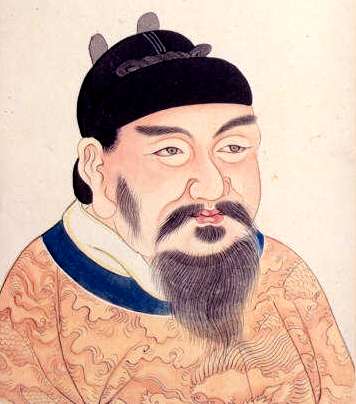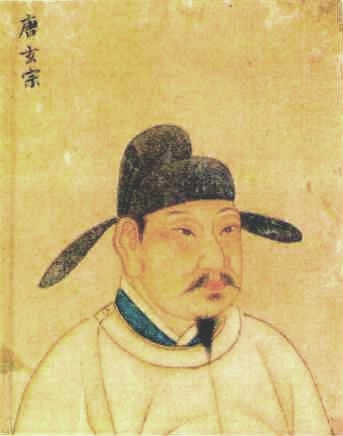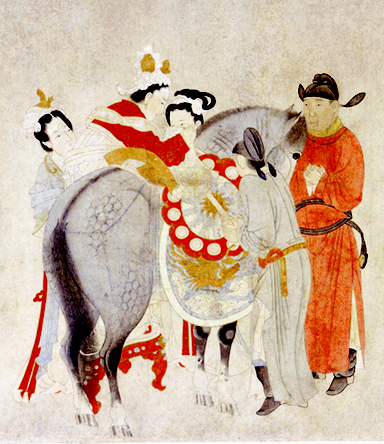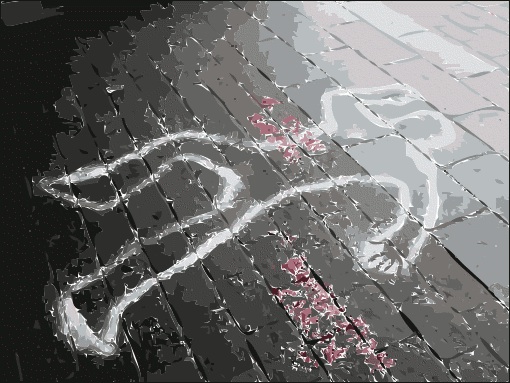As as aside, I have to say that, like John, I've always enjoyed hearing writers talk about the nuts and bolts of writing. I don't even mind the rare occasions when a writer bangs the podium and insists that there's only one right way to do something. When I hear "this is the way," I always mentally translate it into "this is what works for me." And when I speak to a group of aspiring writers, I always tell them to make the same mental translation if I should pound the podium, though that would be wildly out of character.

 As an aside to the last aside, it fascinates me that writers seem to outline or not because of some inherent predisposition. You may be able to influence a few fence sitters, but most writers are firmly in one or the other pasture. Great writers reside on both sides of the fence. My favorite examples are two Southern novelists who happened to be friends, Shelby Foote (outliner) and Walker Percy (non-outliner), and two mystery writers who happen to be friends, Peter Lovesey (outliner) and Michael Z. Lewin (non-outliner). Their photos are reproduced here in the order named. You may notice that the outliners (on the left) appear less stressed and more serene in general. (I refuse to comment on the respective hairlines of the two pairs, but I can't stop you from drawing your own conclusions.)
As an aside to the last aside, it fascinates me that writers seem to outline or not because of some inherent predisposition. You may be able to influence a few fence sitters, but most writers are firmly in one or the other pasture. Great writers reside on both sides of the fence. My favorite examples are two Southern novelists who happened to be friends, Shelby Foote (outliner) and Walker Percy (non-outliner), and two mystery writers who happen to be friends, Peter Lovesey (outliner) and Michael Z. Lewin (non-outliner). Their photos are reproduced here in the order named. You may notice that the outliners (on the left) appear less stressed and more serene in general. (I refuse to comment on the respective hairlines of the two pairs, but I can't stop you from drawing your own conclusions.) 
 I start my writing day with my journal, a spiral bound notebook. If I'm at work on a book or a short story, I record my progress from the day before (pat myself on the back) and write about the new day's challenges. From there, if I'm lucky, I move right from the notebook to my latest yellow legal pad and start the actual writing. This priming of the pump or stretching of the writing muscles is one of the things I value most about keeping a journal. It's a non-threatening way to get the pencil moving, a defense against the writer's-block-inducing pressure of writing for posterity right out of bed.
I start my writing day with my journal, a spiral bound notebook. If I'm at work on a book or a short story, I record my progress from the day before (pat myself on the back) and write about the new day's challenges. From there, if I'm lucky, I move right from the notebook to my latest yellow legal pad and start the actual writing. This priming of the pump or stretching of the writing muscles is one of the things I value most about keeping a journal. It's a non-threatening way to get the pencil moving, a defense against the writer's-block-inducing pressure of writing for posterity right out of bed.My journal is a writer's block defense in another way, of course. It's a storehouse for book and story ideas. If I'm not writing a book or a story, my journal entry will probably be about a new idea or a reconsideration of an old one. Some ideas demand to be written fairly quickly. Others are improved by "blue skying," a term I picked up from software designers back when I was a technical writer. For me, blue skying is simply kicking an idea around, asking questions like "What if X happens?" or "What would Y do then?" until the story starts to take shape. Brian mentioned that he sometimes writes himself into a corner when he's working on a story. That sometimes happens to me in the idea development process, and this is also when I back out of the corner, if I can. (If I can't, it's on to the next idea and no hard feelings.)
At this point, if the idea is for a short story, I'll probably just write a first draft. For a book idea, I'll next write a step outline, also in my journal. It's just one line for each major event (usually a chapter) of the novel-to-be. This process will be interrupted by more blue skying as I encounter breaks in my plot chain that require new links. Say I'm writing a book for Owen Keane, my ex-seminarian amateur sleuth. My questions to myself will now be "What does Owen believe to be true at this moment?" and "Believing that, what would he do?"
Next, I turn to the legal pad and write an outline--by which I mean a plot summary--cribbing from the plot notes and character sketches in my journal. My mystery novels average around 75,000 words. My plot summary for a book that length will run around 6,000 words. When it's time to write the book, I place the outline in the three-ring binder that will hold my daily pages. Now the outline is not only a prompt to my memory; it's also yet another anti-writer's-block device. I never have to figure out what Keane is going to do on a given day, though I may still have to work out exactly how he'll do it. For example, the outline may only tell me that Owen has to interview the manager of an apartment complex to find out what happens to the belongings of a tenant who skips out (and maybe wheedle access to those belongings). On the day I write that scene, I still have to come up with an interesting setting, cast the part of the manager, and write some deathless repartee. (And make lunch.)
To me, this process answers one of the common criticisms of outlining, which is that it's somehow less creative than simply following one's muse. That might be true if I were getting my outlines from Plots "R" Us or producing them using a complicated formula and a calculator. In reality, I acquire an outline by--gasp--following my muse. I'm just recording a high level or macro view of that muse's traipsing around. In fact, I see outlining as being creative of the macro level and writing the book as being creative on the micro level. But I'm always being creative. (Except when I'm making lunch. If it's turkey on rye on Monday, it's turkey on rye every day that week.)
A second criticism of outlining--one that John mentioned in his post--is harder to answer. It's the fear some non-outliners have that they will lose interest in a story if they know how it ends. Such a writer is motivated by the suspense of not knowing. For a certain type of storyteller, though (and perhaps the Irish are overrepresented in this group), there is something compelling about knowing the story you're telling, knowing where every shock and laugh is, knowing that the payoff is worth the effort of the telling. Think back to some favorite story you love to tell (the one that makes your children or grandchildren elbow each other and roll their eyes or, perhaps, lean forward in anticipation). Writing from a solid outline gives the same kind of satisfaction.
Where I think the chase-the-muse writers may have a true advantage is in the all-important matter of pacing. But that's a subject for another post.


.jpg)













 Like most writers I love reading. I guess I could be perfectly happy reading all day every day. I loved reading so much that my late husband, Elmer and I opened a bookstore in Austin in 1990. We titled it Mysteries and More. The "more" part was because we also had science-fiction, western, and general fiction. But all of those genre were used books. The new books were all mysteries and we had a huge number of used mysteries. I used to say we had 75% used and 25% new books. That was probably accurate. M & M was only the second mystery bookstore in Texas. Murder by the Book was the first and I think it's the only one currently still in business.
Like most writers I love reading. I guess I could be perfectly happy reading all day every day. I loved reading so much that my late husband, Elmer and I opened a bookstore in Austin in 1990. We titled it Mysteries and More. The "more" part was because we also had science-fiction, western, and general fiction. But all of those genre were used books. The new books were all mysteries and we had a huge number of used mysteries. I used to say we had 75% used and 25% new books. That was probably accurate. M & M was only the second mystery bookstore in Texas. Murder by the Book was the first and I think it's the only one currently still in business. 



